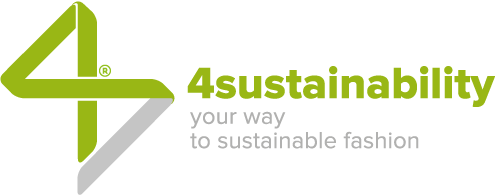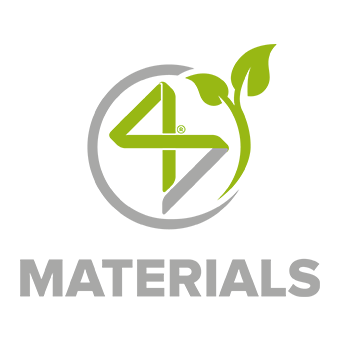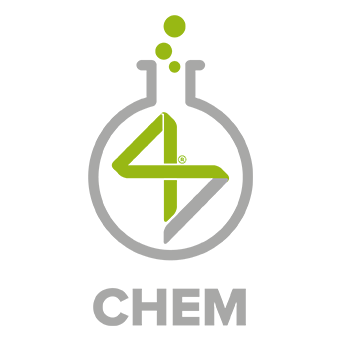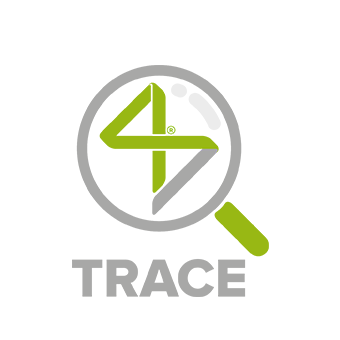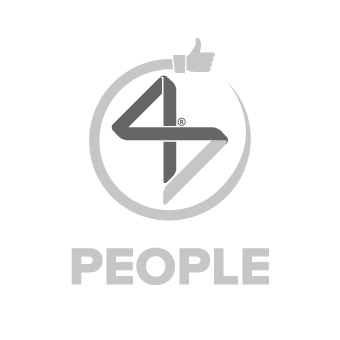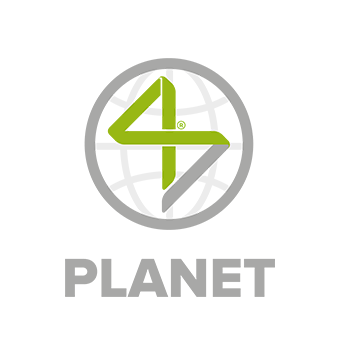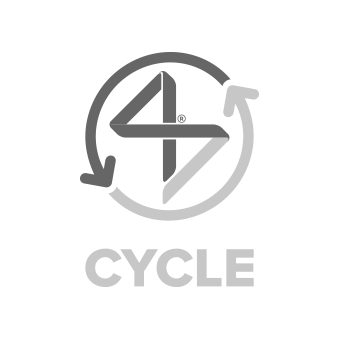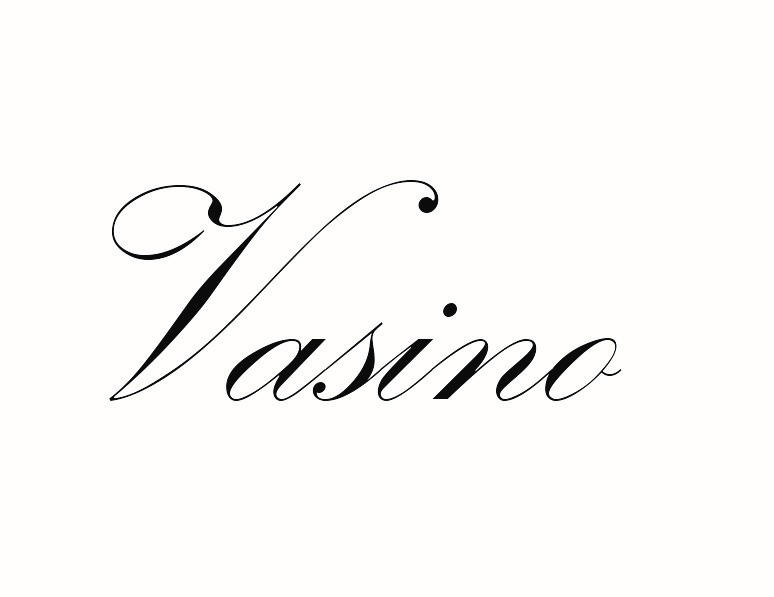
Angelo Vasino SpaID Nr. 4S-100352e-report version 3.0
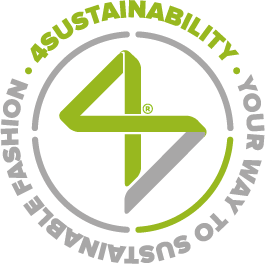
Vasino’s company story began in Chieri in 1955 when Angelo Vasino decided to create a small textile factory with a warping machine, two looms
and two workers. In 1961 the company started exporting to Germany, France, Japan and United States. In 1973 Angelo Vasino opened a print mill,
meanwhile the two sons, Renato and Giuseppe started to work in the family’s company. From then onwards it was a crescendo, establishing itself
on the international market and becoming a reference point for the Made in Italy. The values of craftsmanship and quality, style and research,
creativity and tradition have steered the company’s philosophy since 1955. These values are based on real knowledge, on attention to detail
and experimentation, on typically Italian excellence and on international openness. As a result, since its earliest days the company has supplied
famous couturiers and luxury brand. In 2011 the company also started to produce furniture fabrics.
www.vasino.it
4SUSTAINABILITY® COMMITMENT
Growth and sustainability are the factors for which we want to stand out, founding our strategy on the belief that ethical approach should characterize our business model. We firmly believe there cannot be a long-term economic development without a social and environmental development.
Inspired to and aligned with the Sustainable Development Goals set by the United Nations in the 2030 Agenda (SDGs), we’re committed to contributing to the generation of global positive change, assuming a clear environmental and social responsibility.
We do it concretely by joining the 4sustainability® roadmap, making the values and action programs it embodies our own, committing ourselves to starting a virtuous change journey in our business model, through one or more initiatives that we tell in this e-report.
this initiative contributes to the following UN Sustainable Development Goals
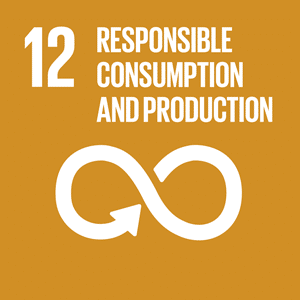
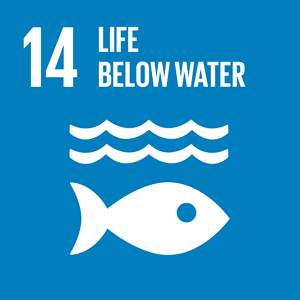
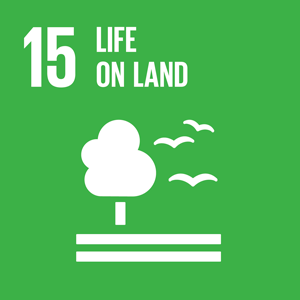
a report abstract will be available for download after the first assurance is carried out
IMPLEMENTATION LEVEL
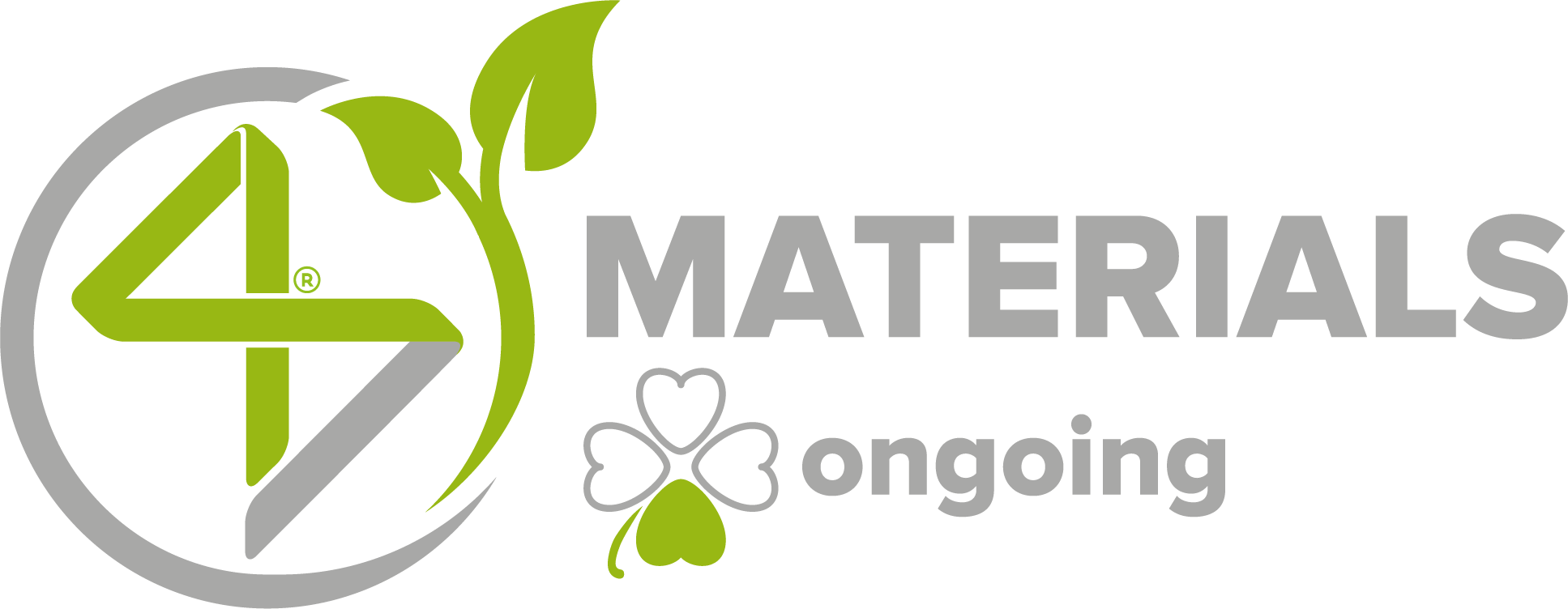
the implementation level is defined after the assurance process following the achievement of the protocol’s minimum requirements and is reviewed annually
The company has completed one or more certification processes, but the relating trademarks cannot be published yet.
48%
percentage of sustainable materials sourced
INPUT
The input percentage indicates the proportion of raw materials with recognized sustainability attributes. The calculation is performed by mapping the purchases made during the year and highlighting the share-volume of the sustainable ones based on the positive attributes as defined in the 4s Materials Library.
BREAKDOWN OF SUSTAINABLE MATERIALS BY TYPE OF FIBRE
16%
percentage of incoming sustainable packaging
SUSTAINABLE PACKAGING
The sustainable packaging indicates the amount of primary or secondary packaging material for which the producer employed techniques and input factors that lead to an improvement in environmental performance.
OUTPUT
The output percentage indicates the share-volume of the items in the designed and manufactured collection with recognized sustainability attributes, calculated in terms of the overall production.
65%
percentage of the volume of sustainable items sold
elimination of toxic and harmful chemicals from production cycles in line with the ZDHC Roadmap to Zero Programme
this initiative contributes to the following main UN Sustainable Development Goals
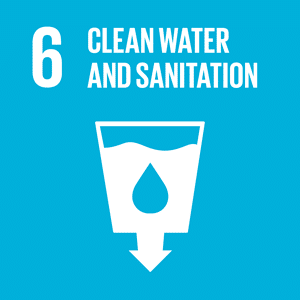
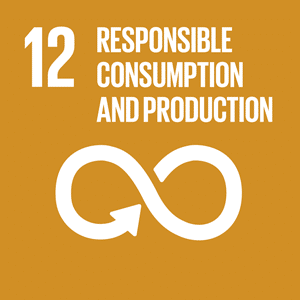

a report abstract will be available for download after the first assurance is carried out
IMPLEMENTATION LEVEL
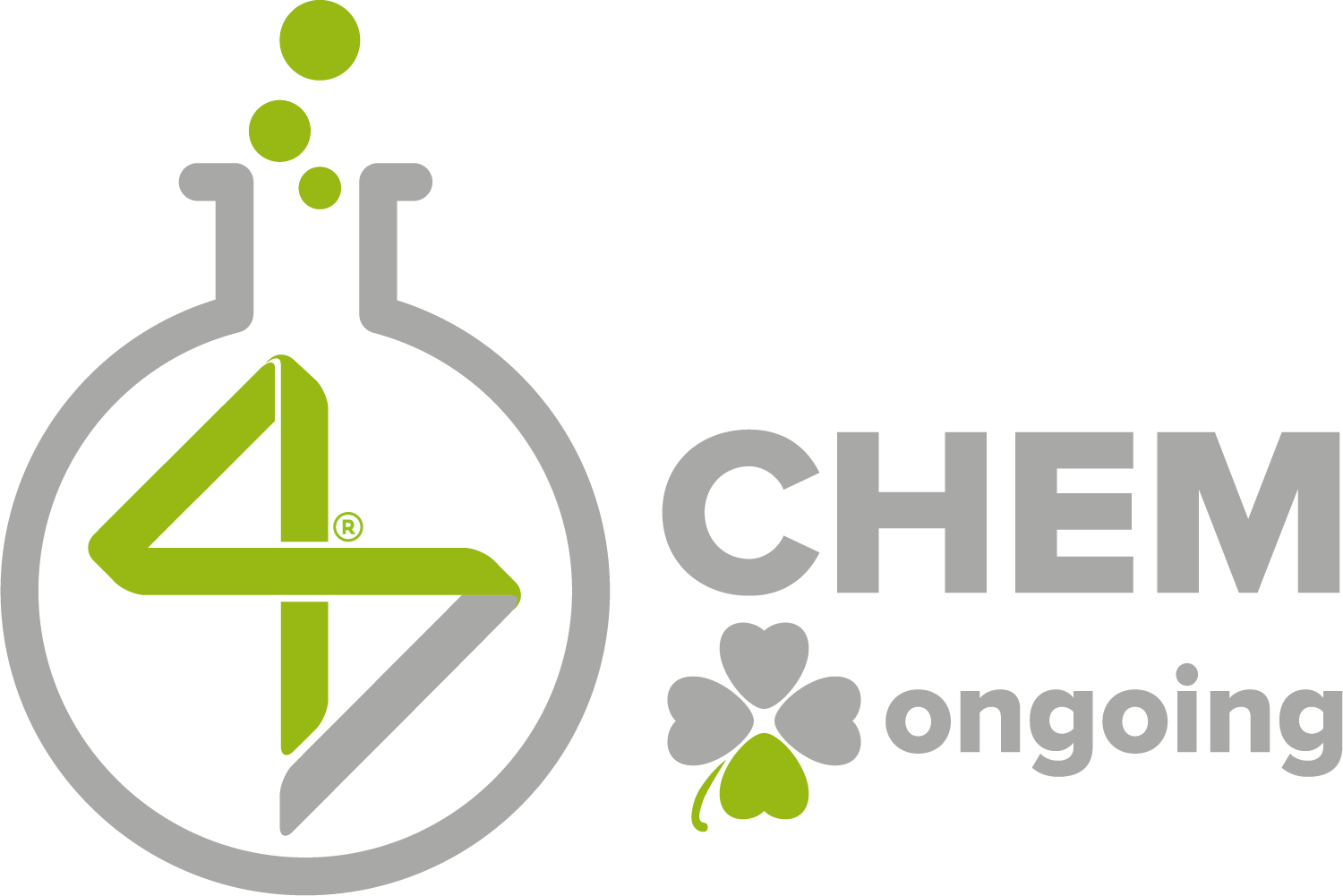
the implementation level is defined after the assurance process following the achievement of the protocol’s minimum requirements and is reviewed annually
this initiative contributes to the following UN Sustainable Development Goals
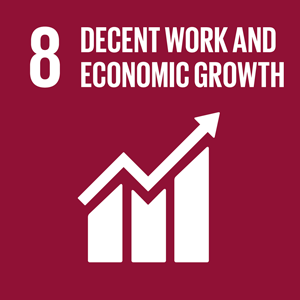

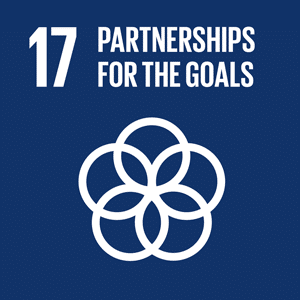
a report abstract will be available for download after the first assurance is carried out
IMPLEMENTATION LEVEL
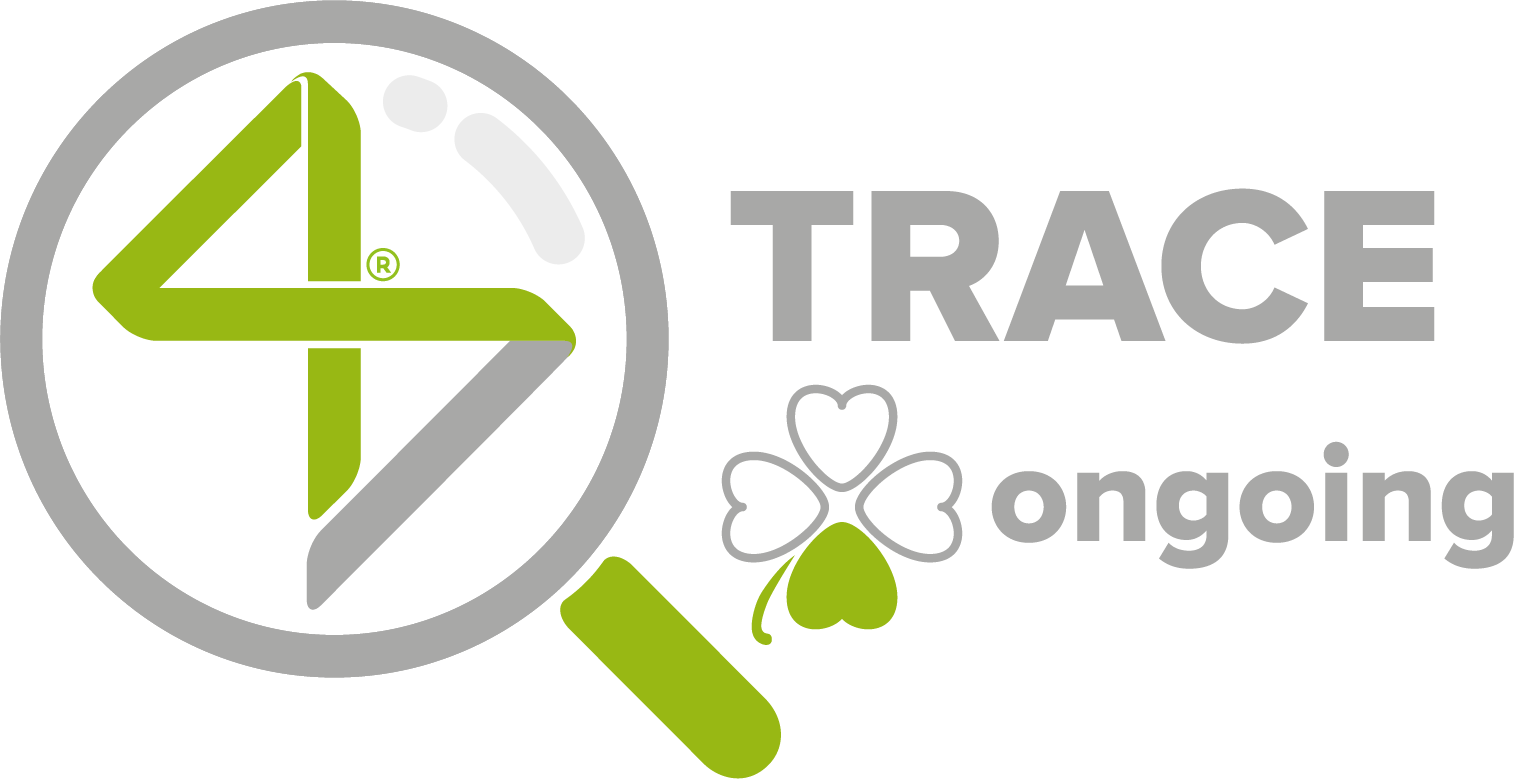
ENGAGEMENTBY CATEGORY OF SUPPLIERS
SUPPLIERS INVOLVEDon all issues of environmental and social sustainability
100%
percentage of suppliers involved in the implementation process on the total number of mapped suppliers
RAW MATERIAL SUPPLIERSASSESSED
47%
percentage of suppliers whose data have been collected
RAW MATERIAL SUPPLIERS' RATING
PROCESS SUPPLIERS' RATING
PROCESS SUPPLIERSASSESSED
58%
percentage of suppliers whose data have been collected
this initiative contributes to the following UN Sustainable Development Goals
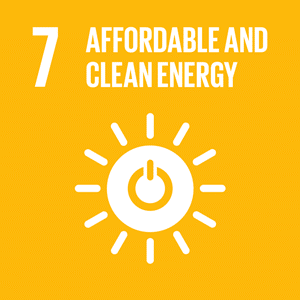
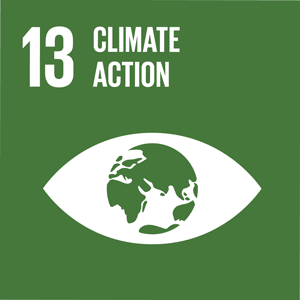

a report abstract will be available for download after the first assurance is carried out
IMPLEMENTATION LEVEL
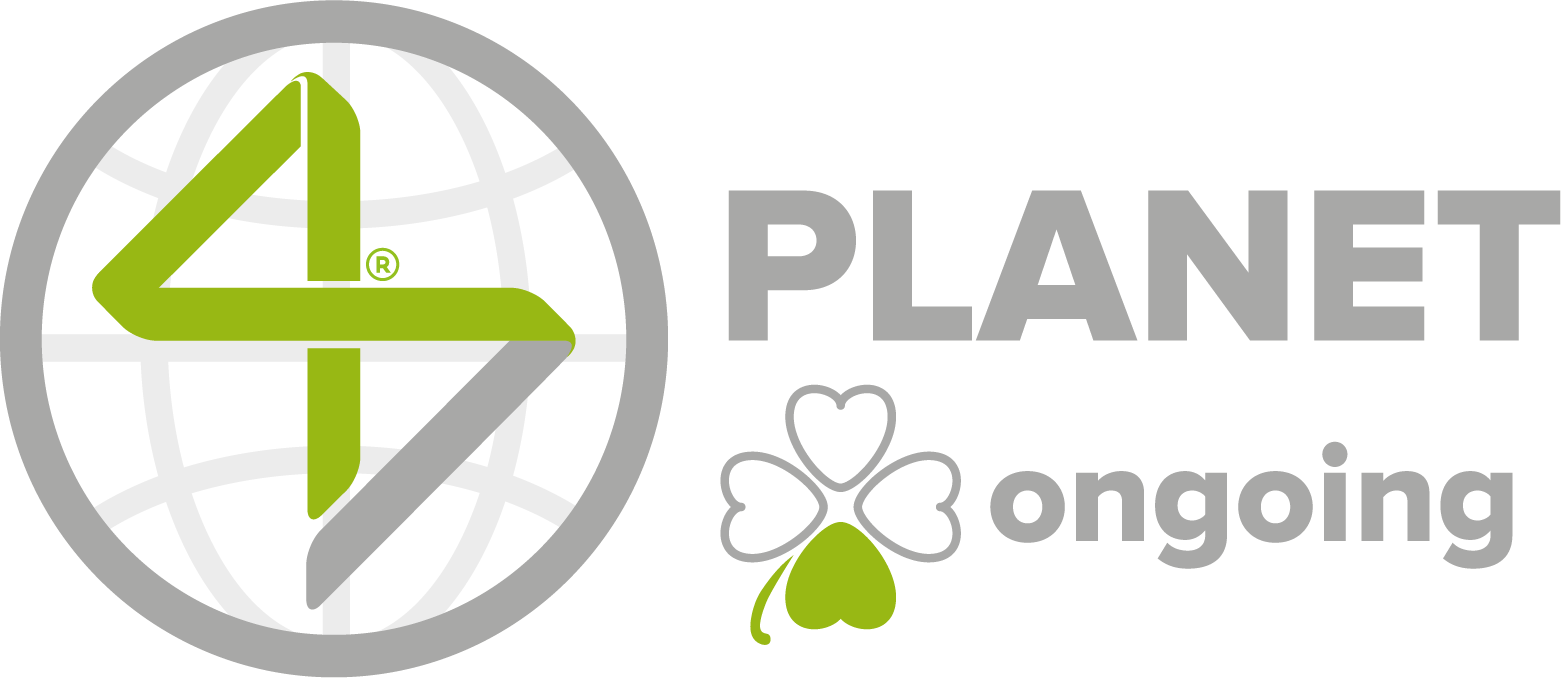
the implementation level is defined after the assurance process following the achievement of the protocol’s minimum requirements and is reviewed annually
The company has identified its main environmental impacts and implemented a calculation of its Water Footprint and/or Carbon Footprint and has started a roadmap for impact reduction on direct and indirect footprint.
MAIN ENVIRONMENTAL IMPACTS
The main company impacts are calculated starting from the direct ones. The calculation is then extended to include indirect impacts according to their order of relevance.
Consumption here on the side refers to an annual production of 184.338 mt.
CONSUMPTION
280.343Kwh
ELECTRIC ENERGY
550.578Kwh
THERMAL ENERGY
153.000liters
WATER VALUE
CO2eq (CARBON DIOXIDE)
336.197KG
total emission (e.g. energy and water consumption, waste, fuels, packaging...)
ENERGY
SOURCES
97%

OTHER
SOURCES
3%

FROM
SUPPLY CHAIN
0%

DIRECT USE
100%
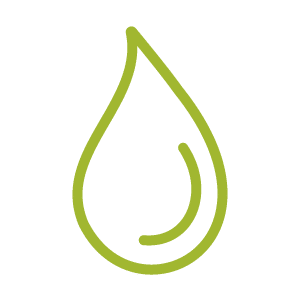
INDIRECT USE
0%

WATER
153.000L
total consumption
PREVIOUS PERIOD COMPARISON
Variation of the main environmental impact indicators compared to previous measurements.
CO2eq
-10%
ENERGY
-8%
THERMAL ENERGY
-8%
WATER
+4%
